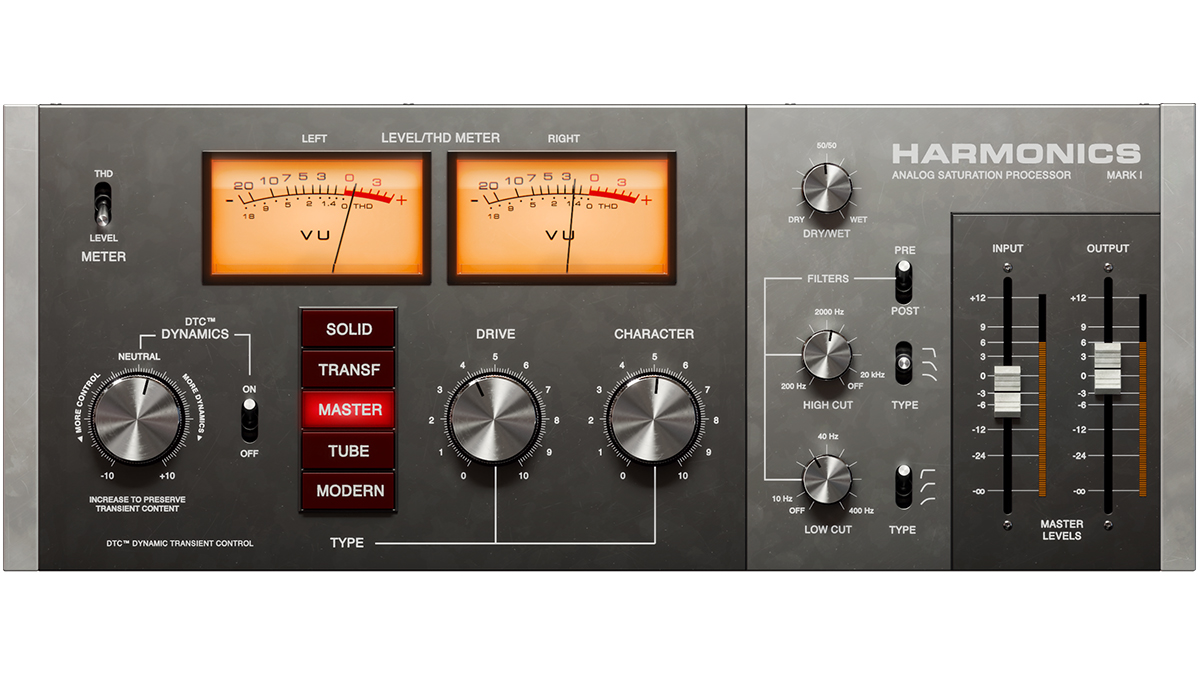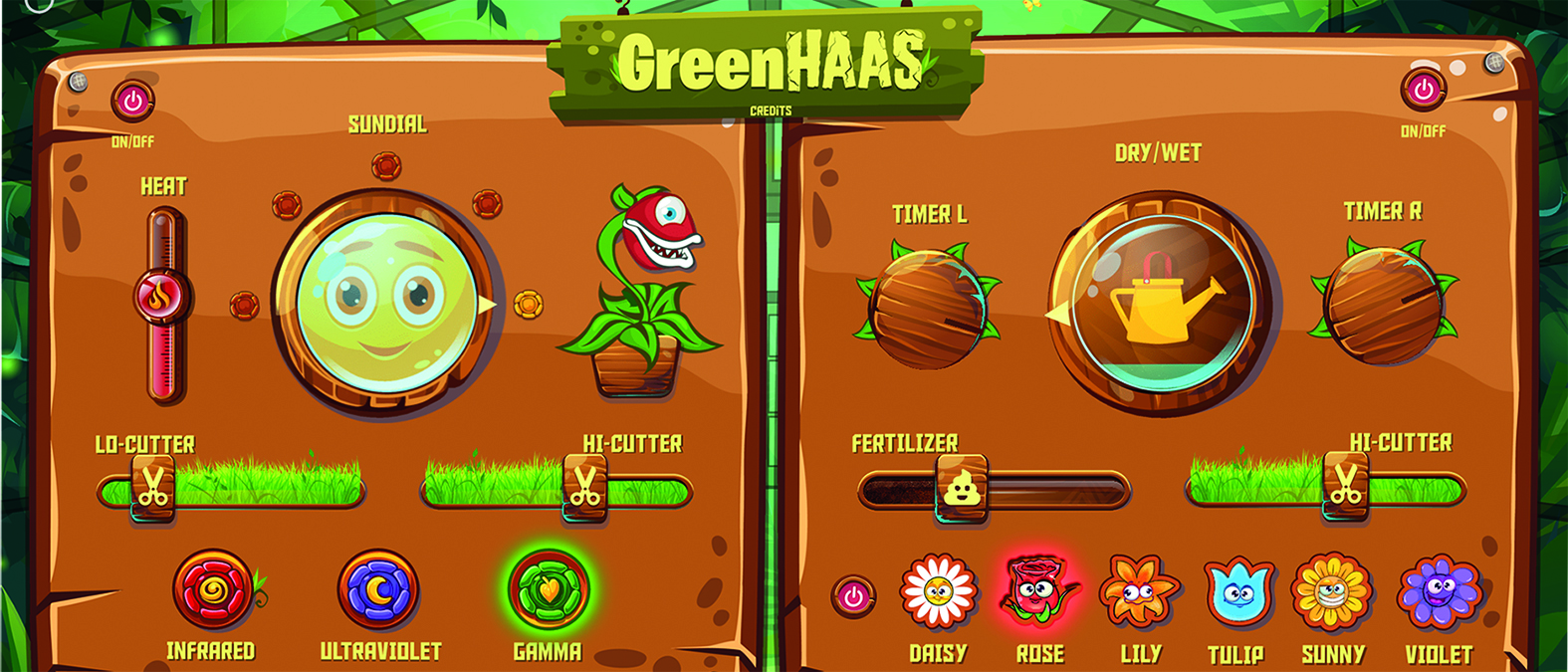MusicRadar Verdict
GreenHAAS uses an unconventional interface to deliver classic effects and is easy and fun to use. Recommended.
Pros
- +
Pleasing choice of saturation types.
- +
Brilliantly engaging gamified interface.
- +
Good value, creative fun.
- +
Easy-to-use Haas effect.
- +
Ken’s own presets included.
Cons
- -
If you like to see parameters the interface could be annoying.
MusicRadar's got your back
Mixing Night Audio GreenHAAS: What is it?
Ken Lewis is a Grammy-nominated producer and mixer who has also developed numerous educational resources via his Audio School Online and, more recently, his Mixing Night live streams. GreenHAAS is a new plugin available via the Mixing Night Audio website that takes a number of Ken’s favourite processes and bundles them into a fun and easy-to-use processor. However, it’s fair to say GreenHAAS is not your typical artist-endorsed plugin. Indeed, Ken’s name is nowhere to be seen. So, what does the plugin actually do?
GreenHAAS is a saturation and stereo enhancement plugin. The interface is divided into three sections with the saturation on the left and Haas delay and modulation on the right. Each section has an individual bypass and there’s a global bypass as well. There are three saturation types coupled with high and low-cut EQs, input level and drive type.
Ken has selected three very distinctive and sonically pleasing saturations that include reasonably subtle (Infrared), harmonic heavy (Gamma) and somewhere in between (Ultraviolet). Labelling is suitably gamified too, with no parameter readouts, so the fact that input level is set using the Heat slider and drive type via the Sundial knob seems suitably fitting.
Mixing Night Audio GreenHAAS: Performance and verdict
Whatever your thoughts on the interface, once you fire up a few sounds, you’ll soon realise the plugin definitely means business. So whether you want to add presence to an 808, some edge to a DI’d electric bass or guitar, or simply liven up any dull-sounding instrument, there are plenty of options. Indeed, the more we dug into it, the more we began to appreciate the subtle differences between each of the saturation settings.
Haas
The Haas or precedence effect is a psychoacoustic phenomenon linked to the fact that human hearing cannot perceive very short delays between sounds (up to around 40ms). So if two sounds are played in quick succession they sound like one sound. What’s more, the perceived location of the sound is dominated by whichever sound arrives at our ears first. By splitting a mono sound into two identical panned components and adjusting the delay time to one side we can actually change the perceived position of the sound in the stereo field or simply make the sound appear wider.
This is a classic engineering trick that is harnessed in GreenHAAS to provide various types of width enhancement. Unsurprisingly, how the effect sounds is very sensitive to the delay times used, and with GreenHAAS some of the settings are longer and deliver audible slapback effects. Even so, each combination of left/right Timer setting yields its own groovy results.
Feel the width
The Haas delay section features a timing control for each channel, dry/wet mix, high-cut EQ and delay feedback (Fertiliser). Meanwhile there’s a choice of six delay modulation types. The timing settings are all different, so even if you select the same knob position for left and right you’ll still get some widening.

• Softube Harmonics
Some excellent saturation and distortion effects with adjustable transient protection.
• Kilohearts Haas
If you’re after a simple Haas effect plugin, this one is great value.
With the most extreme settings you’ll also get quite an obvious slap-back delay, and it’s quite clear that the delay timings go beyond the limits for the Haas effect. Even so, to control the overall width of the effect you simply use the dry/wet mix. Of course, once you start to wind in the feedback, things take on a whole new character. Throw in one of the modulations and you can create all sorts of flanging and chorusing effects. In fact, it’s quite easy for things to get quite lively.
Ultimately, GreenHAAS is a vibe plugin where you try the available knobs and buttons and, most importantly, use your ears to find a sound that suits. That said, GreenHAAS does have more than 50 presets, many of them created by Ken himself. So, whether you’re using the preset Try On Bass Guitar to add subtle spice to a plain DI’d bass, or using Tape Cassette In The Sun for some extreme vintage character, the presets offer great insight into what it can do.
Needless to say, we love this plugin. It’s fun, creative and offers a great diversion both visually and sonically from the more staid plugins that dominate most workflows
MusicRadar verdict: GreenHAAS uses an unconventional interface to deliver classic effects and is easy and fun to use. Recommended.
Mixing Night Audio GreenHAAS: Hands-on demos
Mixing Night Audio
Busy Works Beats
Tim Talks Audio
Mixing Night Audio GreenHAAS: Specifications
- macOS 10.12 or higher; Windows 10.
- CPU: Intel or M1 Chip (Apple). Display Resolution: 1280x800px or higher.
- Plugin Formats: AAX Native, AAX AudioSuite, AU, VST3.
- CONTACT: Mixing Night Audio
Computer Music magazine is the world’s best selling publication dedicated solely to making great music with your Mac or PC computer. Each issue it brings its lucky readers the best in cutting-edge tutorials, need-to-know, expert software reviews and even all the tools you actually need to make great music today, courtesy of our legendary CM Plugin Suite.
“For those on the hunt for a great quality 12-string electro-acoustic that won’t break the bank, it's a no-brainer”: Martin X Series Remastered D-X2E Brazilian 12-String review
“I have that on more records than anything else”: Take a peek inside Vaughn Oliver’s studio
“Wendy Carlos is able to build precisely the sound that she wants”: Watch synth pioneer Wendy Carlos in the studio, working Moog magic back in 1989











